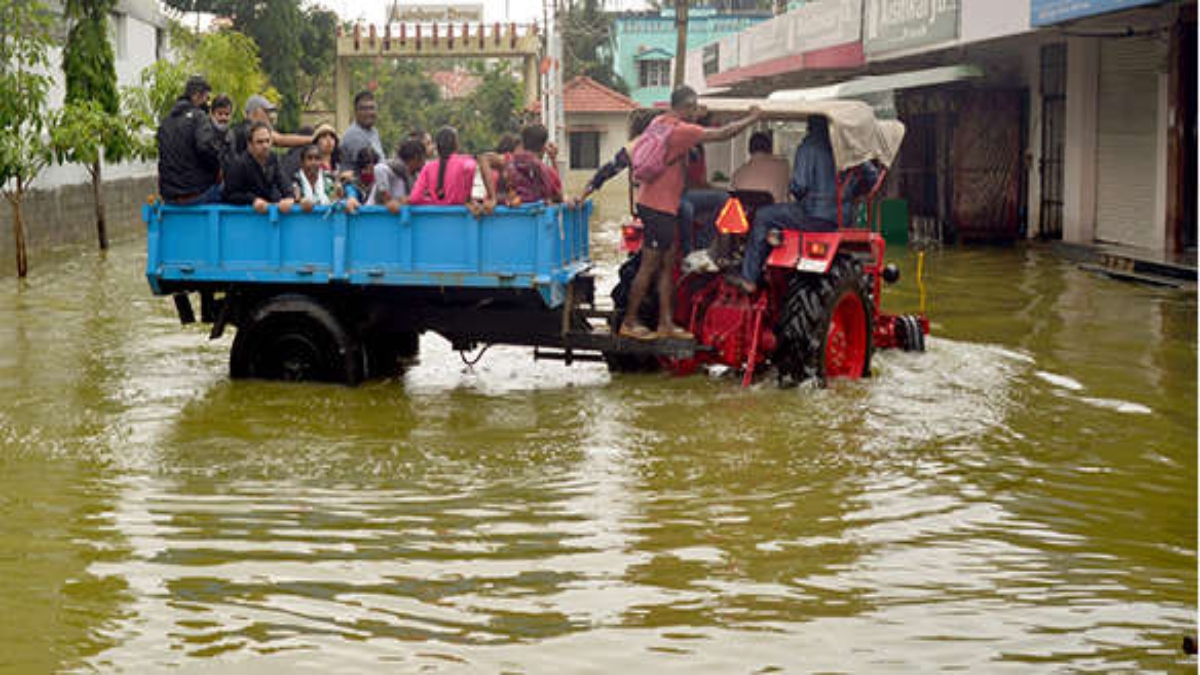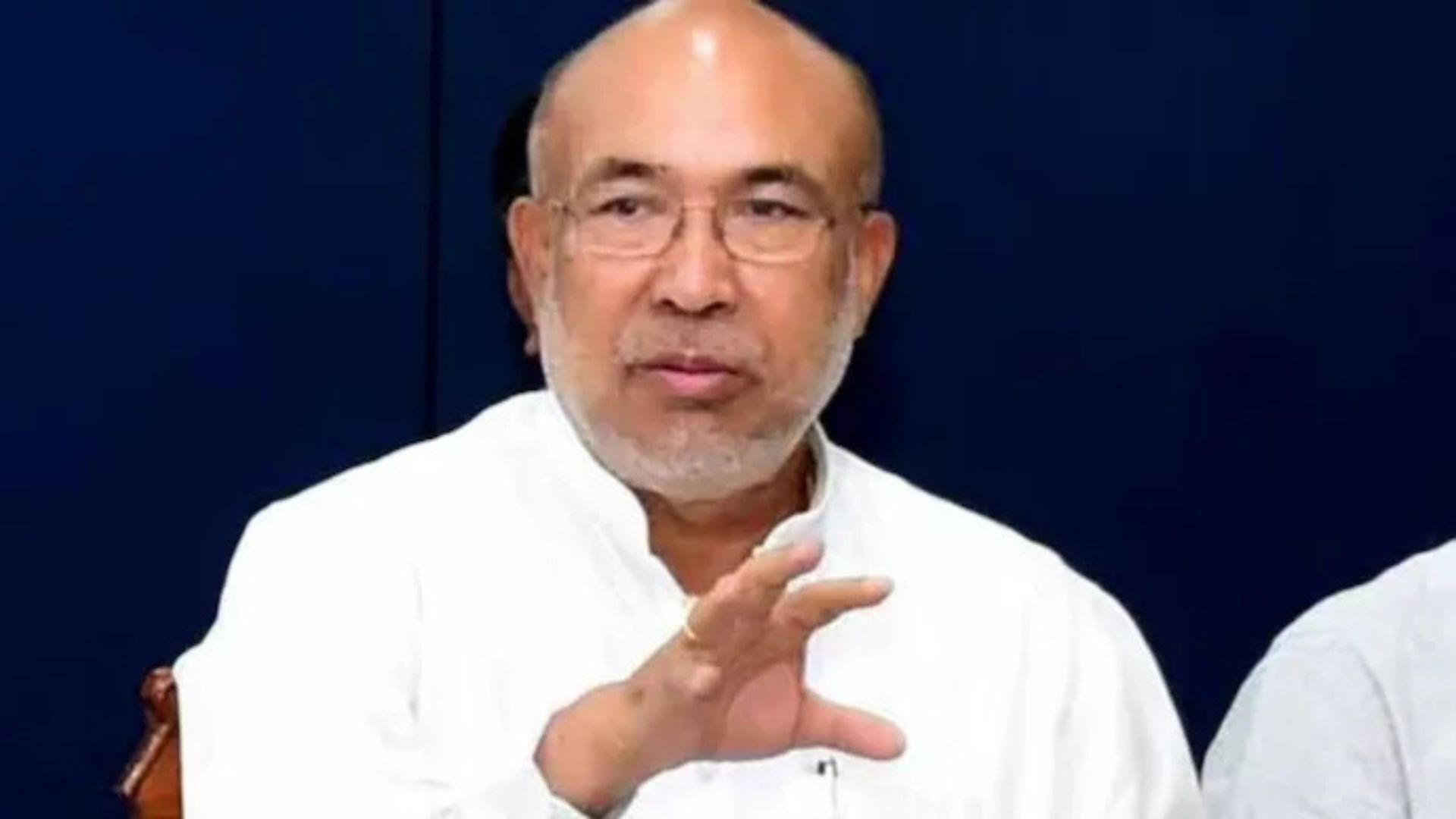
Did you know that Bengaluru’s main transit hub Majestic which houses the central railway station and Kempe Gowda Main Stand, was once a sprawling Kempamuddi lake? Were you aware that the posh Koramanagala, known as the living room of IT city, was a marshy land dotted with water bodies, and the now much sought-after BTM Layout was a central part of Madiwala lake? A city of 1,000 lakes is now reduced to a concrete jungle where the existing lakes can now be counted in just a few numbers. Result: Deluge, with no place to flow out, IT parks turned into water parks, streets turned to canals with dingy boats and kayaks deployed. Those with creative juices had a field day as memes after memes went viral. While it made for some rib-tickling comedy, the cruel joke was residents and workforce of Bengaluru huffed and puffed to reach safer places clinging to whatever they could find.
So what happened to these lakes? While the politicos are busy playing the blame game, the actual reason behind destruction and restoration is well documented and submitted to the state government by the IISc. Prof T.V. Ramachandra carried out a detailed study on the reasons and the gist of it here: Bengaluru when it was built was planned around lakes and parks. While the lakes were linked like a chain because of its wonderful topography, the rainwater that used to run into these lakes used to converge and flow out of the city as rivers—Vrishabhavathi, Arkavathi, Dakshina Pinakini, Chinnar, Suvarnamukhi, Cauvery and Netravathi rivers providing water for drinking and irrigation for the surrounding towns and villages. In the early 70s, when the city planners started developing areas for residential purposes thanks to the establishment of PSUs, the destruction of the city commenced. Lakes were converted into layouts and civic facilities. While this was the first phase of destruction, the second one started when Bengaluru saw IT boom. The realtors connived with corrupt officials and started encroaching valleys (rajakaluves) and building monstrous residential complexes to make some quick money. Unplanned growth added to the complexities of the problems. This resulted in the breaking of the chainlink of lakes. Thanks to civic groups and PILs in the Supreme Court, the state government then came out with plans to remodel drains and valleys and also remove encroachments at a cost of around Rs 5,000 crore. Ever since the project kicked off, it is moving at a snail’s pace and till then, stories around the deluge in Bengaluru will keep appearing!
R. JAYAPRAKASH















